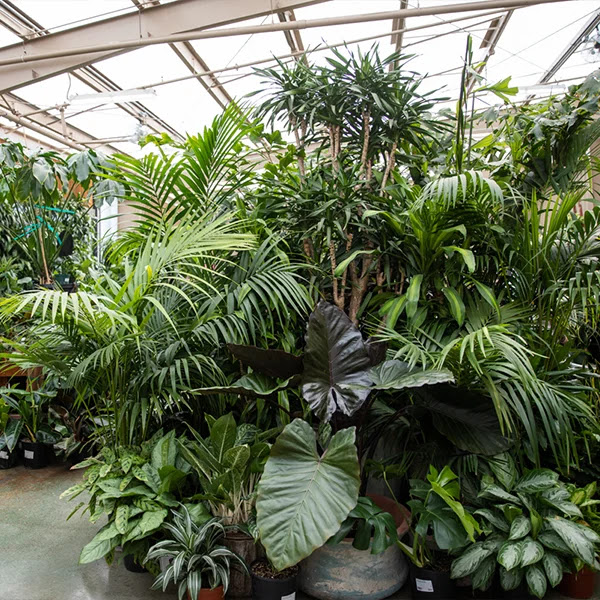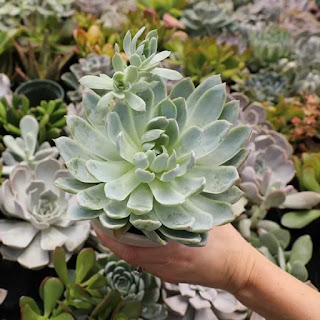

|
||
Green Acres' Elk Grove greenhouse is packed with indoor favorites.
|
|
What do you do when it’s too hot to garden outside? Garden inside!
Houseplants are having their spotlight moment with newbie indoor gardeners gravitating towards everything from anthuriums to ZZ Plants.
Check out this indoor jungle!
Green Acres Nursery & Supply
’s Elk Grove store is hosting an “Extraordinary Houseplant Event” on Saturday, Aug. 13. From 8 a.m. to 4 p.m., find the houseplant advice you need – along with some beautiful exotic plants. Admission and parking are free.
“Mark your calendar, grab your friends, and join us for a fun event as we showcase your favorites and unique varieties that will interest plant lovers of all experience levels!” says Green Acres staff. “Take advantage of event-day specials. Shop our Home+Grown Collection and select something special for yourself and a friend. … Get answers to your questions from our team of houseplant gurus.”
Besides the advice and specials, get your hands dirty, too. The event includes a DIY succulent and petite houseplant pot-up station. Or check out the “Tillandsia Bar” and create your own Air Plant display.
And because this is August, there will be frozen refreshments.
I SCREAM Yogurt
will be serving frozen yogurt in the afternoon.
Green Acres is located at 9220 E. Stockton Blvd., Elk Grove.
Details:
www.idiggreenacres.com
or call 916-714-5600.

|
|
A succulent pot-up station lets you create your own container planting.
|
Comments
0 comments have been posted.Sacramento Digs Gardening to your inbox.
Sites We Like
Garden Checklist for week of July 21
Your garden needs you!
* Keep your vegetable garden watered, mulched and weeded. Water before 8 a.m. to reduce the chance of fungal infection and to conserve moisture.
* Feed vegetable plants bone meal, rock phosphate or other fertilizers high in phosphate to stimulate more blooms and fruiting. (But wait until daily high temperatures drop out of the 100s.)
* Don’t let tomatoes wilt or dry out completely. Give tomatoes a deep watering two to three times a week.
* Harvest vegetables promptly to encourage plants to produce more. Squash especially tends to grow rapidly in hot weather. Keep an eye on zucchini.
* Pinch back chrysanthemums for bushy plants and more flowers in September.
* Remove spent flowers from roses, daylilies and other bloomers as they finish flowering.
* Pinch off blooms from basil so the plant will grow more leaves.
* Cut back lavender after flowering to promote a second bloom.
* It's not too late to add a splash of color. Plant petunias, snapdragons, zinnias and marigolds.
* From seed, plant corn, pumpkins, radishes, winter squash and sunflowers.